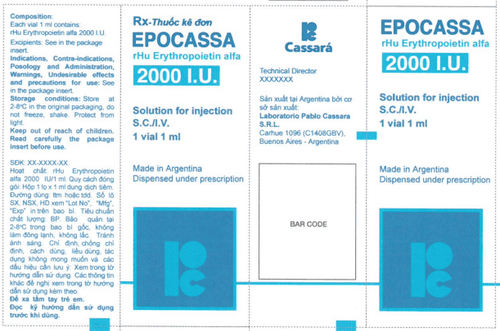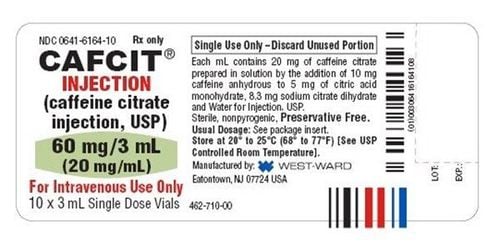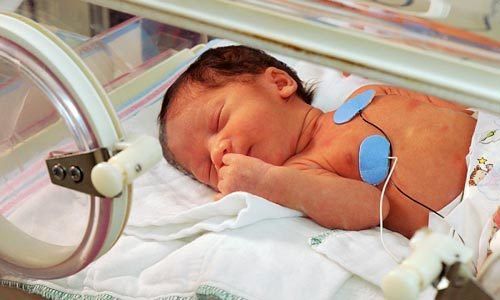This is an automatically translated article.
The article is professionally consulted by Assoc. Dr. Dr. Huynh Thoai Loan - Head of Pediatrics - Neonatology Department, Vinmec Central Park International General Hospital. Uncle is one of the leading experts in Pediatrics - Neonatology in Ho Chi Minh City with nearly 30 years of experience in examining and treating diseases of pediatric endocrinology, pediatric nephrology and other pediatric - neonatal problems.
Respiratory failure is a common syndrome in premature babies due to the respiratory system's inability to maintain gas exchange in accordance with the body's needs. The number of deaths due to respiratory failure is currently leading in the number of neonatal deaths, therefore, it is extremely important to diagnose the cause and intervene in a timely manner.
1. What is infant respiratory distress syndrome?
Acute respiratory failure in newborns is caused by the failure of the lungs to ensure the respiratory function for the baby, respiratory failure can occur right after birth or after a few hours, a few days, respiratory failure will cause a lack of oxygen for the baby's needs. The demand of organs, especially the heart and brain, causes CO2 to accumulate, causing respiratory acidosis.
Children with respiratory failure have symptoms at birth or a few hours after birth such as: rapid breathing (more than 60 times/minute), moaning, chest indrawing, cyanosis (due to lack of oxygen), rising and falling of the nose. It is also a sign of respiratory failure. The child gradually loses strength, leading to slow breathing and apnea.
In alveolar cells, one type plays a role in gas exchange, and type 2 specializes in the synthesis and storage of surfactant. These two types of cells only begin to differentiate from 24 weeks of gestation, mainly around 34 weeks. Therefore, premature infants born before 34 weeks of age are more likely to have atelectasis leading to inadequate respiratory failure. surfactant.
In addition to the lack of surfactant, another reason why newborns are prone to respiratory failure is incomplete lung structure (alveoli only begin to form from the 30th week of pregnancy). Consequently, gas exchange is less efficient because it occurs mainly in the bronchioles. In premature babies, the respiratory muscles are not fully developed, the chest is soft, so the lungs are easily collapsed.
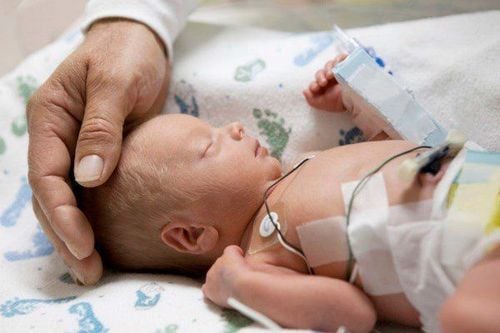
2. Differential diagnosis of neonatal respiratory failure
2.1 Dangerous diseases that can be quickly diagnosed: Pneumothorax: when the child has signs of bulging chest on one side with reduced bronchi, need Transilumination, chest X-ray. Diaphragmatic hernia: baby's abdomen is concave, lung sounds are reduced on one side, heart is pushed to the other side. Post-nasal obstruction: Baby sucks with difficulty breathing, baby is pink when crying, purple when sleeping. Esophageal atrophy with esophageal-tracheal fistula: about 1/3000 live births. manifested by extrusion of secretions in the mouth, the child is pale and struggling from time to time. 2.2 Differential diagnosis of common causes of respiratory failure in neonates Endometrial disease: This is a syndrome either due to lack of number and maturation of lung cells (cells that produce surfactant) or Stress such as asphyxiation, hypovolemia, acidosis, hypothermia, hypoglycemia, maternal sedative use, maternal bleeding interferes with the production of surfactant by lung cells. With clinical signs of respiratory failure soon after birth.
Inhalation of meconium: occurs in old or full-term infants with clinical signs such as: chest swelling, meconium staining of skin, nails, umbilical cord. Babies with asphyxia due to fetal distress or placental ischemia should have the first breathing movement before birth, causing airway obstruction by meconium. Common causes are in cases of difficult birth, prolonged labor, and uterine contractions.
Asphyxiation, aspiration pneumonia, amniotic fluid, blood: occurs in old and full-term infants, respiratory failure and neurological signs. Seen in babies with perinatal asphyxia, sometimes needing help to breathe right after birth.
Pneumonia : the agent can be bacteria (stretchy, E. Coli, Listeria...) or virus, due to infection before, during or after birth. Group B streptococcal pneumonia can be confused with endocarditis. Occurs in women with premature rupture of membranes, foul-smelling amniotic fluid, or infection.
Transient tachypnea in neonates: children have signs of rapid breathing, light moans, less likely to cause severe respiratory failure. Occurs in the case of cesarean section, late clamping of the umbilical cord.
Apnea episodes in preterm infants: apnea episodes of more than 20 seconds with bradycardia < 100 beats/min.
Congenital heart diseases: congenital heart diseases with purple color such as: major vessel origin transfer, abnormal pulmonary venous return, tetralogy of Fallot, pulmonary artery stenosis, tricuspid valve atrophy... heart failure such as: hypoplasia of the left heart, aortic stenosis, supraventricular tachycardia...
The main cause of acute respiratory failure in newborns is premature birth. In the event that an early delivery is required, the doctor may prescribe medication to the pregnant woman to make the baby's lungs grow faster, to increase the production of active substances, to create the surface surface of the baby's lungs. prevent acute respiratory failure.
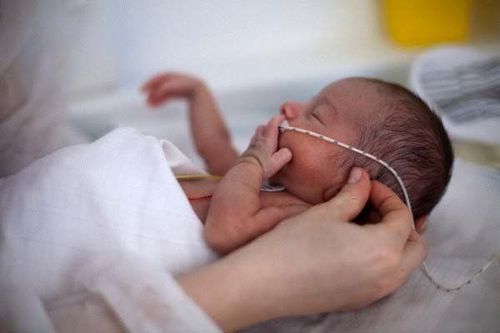
Indications Surfactant pump is applied in the treatment of respiratory failure in premature infants. The benefits of this therapy are: improved lung ventilation, increased blood oxygenation, reduced frequency of air leaks (complications with pneumothorax, alveolar congestion...), reduced mortality and morbidity. Currently, this technique has been independently deployed at Vinmec Hai Phong and Nha Trang International General Hospitals since April 2019.
As a key area of Vinmec Health system, Pediatrics Department always brings satisfaction to customers and is highly appreciated by industry experts with:
Gathering a team of top doctors and nurses in Pediatrics : consists of leading experts with high professional qualifications (professors, associate professors, doctorates, masters), experienced, worked at major hospitals such as Bach Mai, 108.. Doctors All doctors are well-trained, professional, conscientious, knowledgeable about young psychology. Besides domestic pediatricians, the Department of Pediatrics also has the participation of foreign experts (Japan, Singapore, Australia, USA) who are always pioneers in applying the latest and most effective treatment regimens. . Comprehensive services: In the field of Pediatrics, Vinmec provides a series of continuous medical examination and treatment services from Newborn to Pediatric and Vaccine,... according to international standards to help parents take care of their baby's health from birth to childhood. from birth to adulthood Specialized techniques: Vinmec has successfully deployed many specialized techniques to make the treatment of difficult diseases in Pediatrics more effective: neurosurgery - skull surgery, stem cell transplantation. blood in cancer treatment. Professional care: In addition to understanding children's psychology, Vinmec also pays special attention to the children's play space, helping them to have fun and get used to the hospital's environment, cooperate in treatment, improve the efficiency of medical treatment.
Please dial HOTLINE for more information or register for an appointment HERE. Download MyVinmec app to make appointments faster and to manage your bookings easily.





